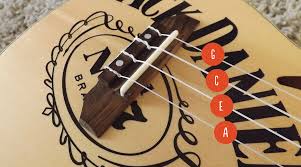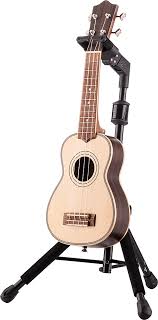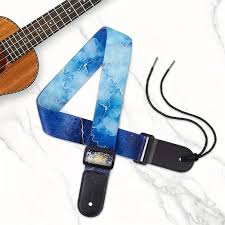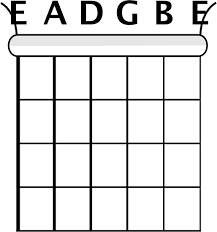The Ultimate Guide to Ukulele Strings
Ukulele strings are a crucial component of your instrument that can greatly impact its sound and playability. Whether you’re a beginner or an experienced player, choosing the right strings for your ukulele is essential for achieving the desired tone and feel.
Types of Ukulele Strings
There are several types of ukulele strings available on the market, each offering unique characteristics:
- Nylon Strings: The most common type of ukulele strings, nylon strings produce a warm and mellow tone ideal for traditional Hawaiian music.
- Fluorocarbon Strings: Known for their bright and clear sound, fluorocarbon strings are popular among players looking for increased projection and sustain.
- Wound Strings: Wound strings feature a metal winding around a core material (usually nylon or fluorocarbon) and are used for the lower-pitched strings on tenor and baritone ukuleles.
Factors to Consider When Choosing Ukulele Strings
When selecting ukulele strings, consider the following factors:
- Tension: Different string tensions can impact the playability and feel of your ukulele. Low-tension strings are easier to press down but may lack volume, while high-tension strings offer better projection but require more finger strength.
- Gauge: The gauge of a string refers to its thickness. Lighter gauge strings are easier to play but may sacrifice tone quality, while heavier gauge strings provide better resonance but require more finger pressure.
- Material: The material of the string affects its tone and durability. Experiment with different materials like nylon, fluorocarbon, or wound strings to find the sound that suits your playing style.
Maintenance Tips for Ukulele Strings
To prolong the life of your ukulele strings and maintain their optimal performance, consider the following maintenance tips:
- Clean your strings regularly with a soft cloth to remove dirt and oils that can affect their tone.
- Avoid excessive bending or stretching of the strings during tuning to prevent premature wear.
- Store your ukulele in a cool, dry place away from direct sunlight to prevent corrosion of the strings.
By understanding the different types of ukulele strings available, considering key factors when choosing them, and following proper maintenance practices, you can enhance your playing experience and enjoy beautiful tones from your instrument for years to come.
Common Questions about Ukulele Strings: Sizes, Notes, and Selection
- Are all 4 ukulele strings the same size?
- What are the 4 notes on A ukulele?
- What are the 4 strings on A ukulele?
- Which string is better for ukulele?
Are all 4 ukulele strings the same size?
One frequently asked question about ukulele strings is whether all 4 strings on a ukulele are the same size. The answer is no. Ukuleles typically have four strings, but each string is of a different thickness or gauge. The standard tuning for a ukulele is G-C-E-A, with the A string being the thinnest and the G string being the thickest. This variation in string sizes allows for different pitches and tones to be produced when playing different chords and melodies on the ukulele. It’s important to ensure that each string is correctly tuned to its respective pitch to achieve the best sound quality and playability on the instrument.
What are the 4 notes on A ukulele?
When it comes to the A ukulele tuning, the four notes you will typically find are A, E, C#, and F#. These notes correspond to the standard GCEA tuning of a ukulele when it is tuned up a whole step. The A note serves as the root note of the chord shapes and melodies played on an A-tuned ukulele, offering a bright and resonant sound that adds variety to your musical repertoire. Understanding these four notes on an A-tuned ukulele can help you explore different chord voicings and create unique melodic patterns that showcase the versatility of this tuning.
What are the 4 strings on A ukulele?
On a standard ukulele, the four strings are typically tuned to the notes G, C, E, and A. Each string is designated by its corresponding pitch, with the G string being the closest to your chin when holding the ukulele in playing position. The C string is next in order, followed by the E string and finally the A string. This tuning arrangement allows for a bright and cheerful sound characteristic of the ukulele, making it a popular choice for players of all levels seeking a portable and enjoyable instrument to strum and sing along with.
Which string is better for ukulele?
When it comes to determining which string is better for your ukulele, the answer largely depends on your personal preferences and playing style. Factors such as the tone you want to achieve, the feel of the strings under your fingers, and the type of music you play all play a role in selecting the best string for your instrument. Nylon strings are a popular choice for their warm and mellow sound, while fluorocarbon strings offer a brighter and clearer tone. Ultimately, the best string for your ukulele is one that complements your playing style and enhances your musical experience. Experimenting with different types of strings can help you find the perfect match for your ukulele.




